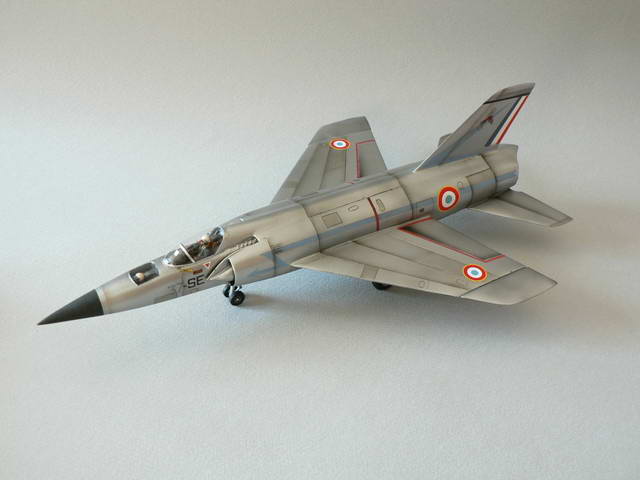I would agree with that but would add that isn’t a criticism of the other designs of the time; they were genuinely running into the technical (and financial) limits of their time
You keep on saying this parrot-fashion, to the point where I'm beginning to think you're nothing more than a shill for "Buy American".
I’d suggest you read my other posts on other topics to understand how utterly absurd that comment is.
Frankly it’s an absurd comment even just based on above.
Except it's not, because it seems you are constantly using "technical and financial barriers" as a reason to justify the abandonment of all national effort in favour of overseas purchases. This is the impression you're giving people, and it's about time you woke up to yourself and asked why this might be the case.
He really isn't. He's saying everyone (including the Americans) were facing technical and financial limitations. How many F-103 or F-108s did the USAF manage to buy?
The F-4 was a fairly unique beast for its era in being very adaptable, and 'state of the art' without being
excessively complex. The J-79 takes some of the credit, but ask why the US Air Force couldn't have come up with the same basic concept but instead had to reluctantly adopt a Navy fighter?
My points are being misunderstood and/or misrepresented.
My comments equally apply to other non-F-4 US fighters. The F-106 for example suffered in competition with the F-4.
And I’m a big fan of the Mirage series nor would it be correct to say the F-4 was somehow perfect.
Early marks struggled against their MIG opponents in Vietnam; lack of maneuverability, no gun, unreliable missiles etc.
By the end of the 70’s later Mirage F1s and later improved versions of the MIG-23 were arguably better all-round tactical fighters than F-4Es.
It’s an unfortunate fact that the UK lacked a really credible fighter alternative to their F-4 purchase because of the aftermath of 1957 and their subsequent high risk concentration on supersonic V/STOVL (the P.1154).
(Again I’m a fan of the Lightening but it wasn’t at the races at this stage.)
And in fact in the strike element of UK F-4 roles was short-lived and did see full or partially UK more-role focused “F-4 alternatives” taking over that strike role; the Anglo-French Jaguar and the very UK Buccaneer (as mentioned by other posters above).

